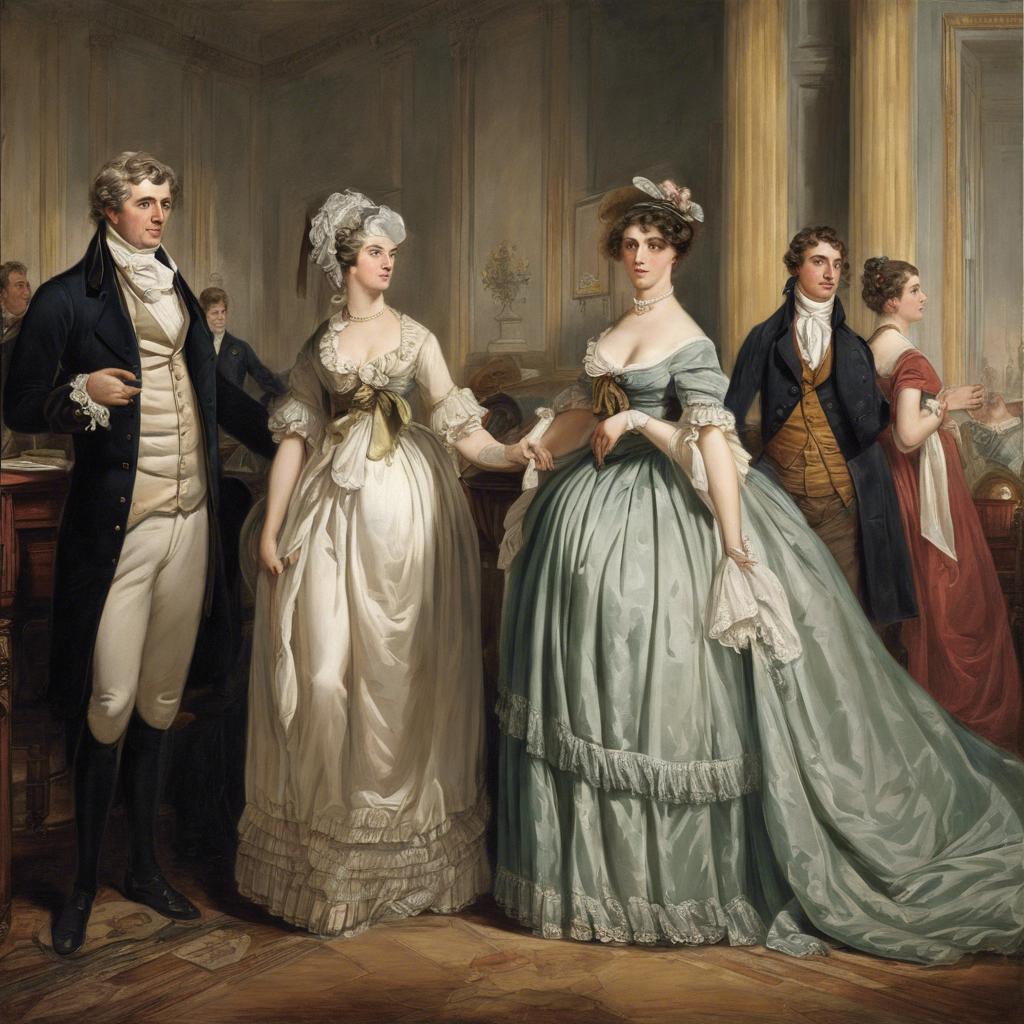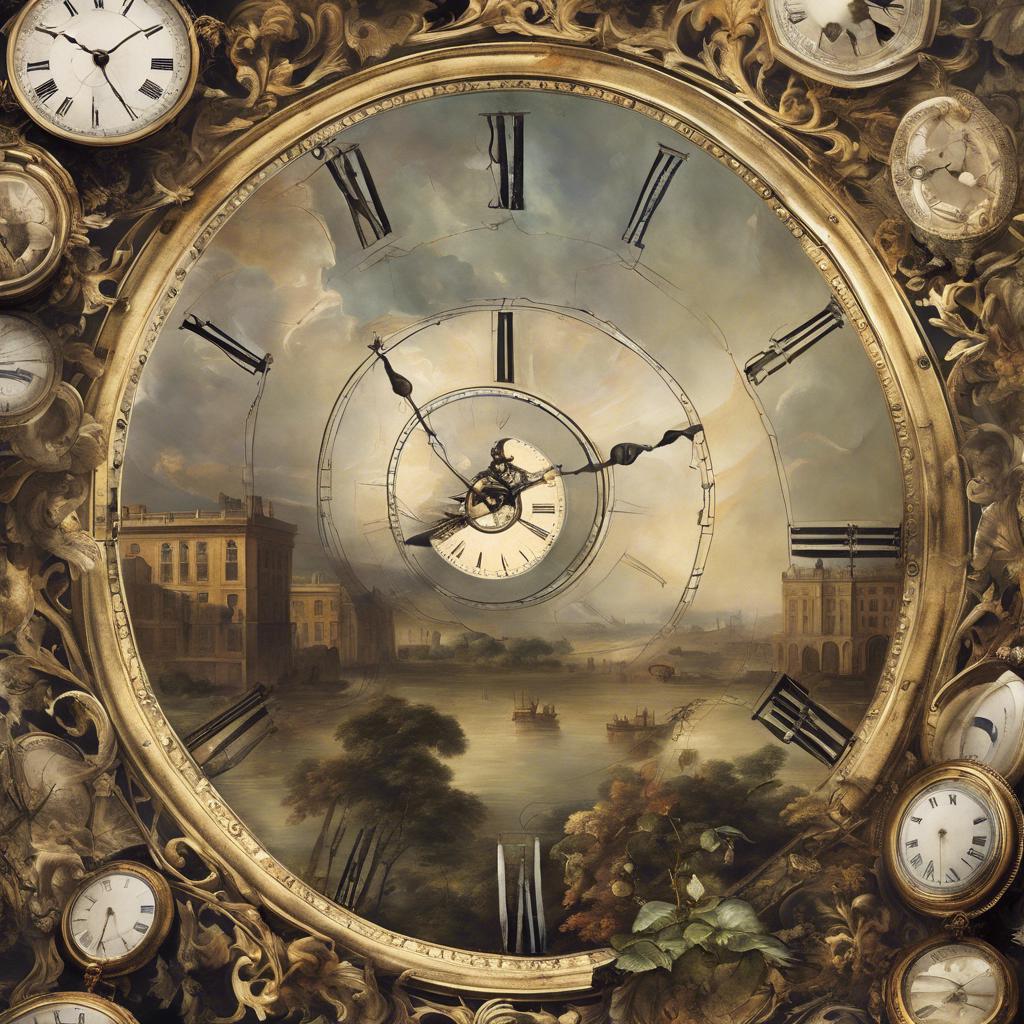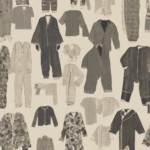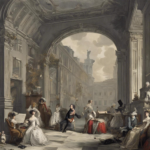The Regency era, a significant period in British history, is often characterized by its distinctive cultural, social, and political transformations. But what precisely defines this pivotal epoch and when did it occur? In this article, we will delve into the timeline of the Regency era, unraveling its intricacies and shedding light on its impact on the course of history.
Step Into the World of Cheryl Bolen
Dive into the enchanting stories of love, intrigue, and elegance set in the Regency Era. Cheryl Bolen's novels offer timeless romance and captivating tales that will leave you wanting more.
Explore Cheryl Bolen's Books Now
Key Characteristics of the Regency Era
The Regency Era, also known as the Regency period, lasted from 1811 to 1820 in the United Kingdom. This period was characterized by the reign of King George IV as Prince Regent due to the mental illness of his father, King George III. The Regency Era was a time of elegance and refinement, known for its distinctive fashion, architecture, literature, and societal norms.
:
- Fashion: The Regency Era was marked by high-waisted dresses for women, a style popularized by the famous fashion icon, Beau Brummell. Men wore tailcoats, waistcoats, and cravats, setting the trend for dapper gentlemen of the time.
- Architecture: Neoclassical architecture was prominent during the Regency Era, with buildings such as John Nash’s Regent Street and the Royal Pavilion in Brighton showcasing the elegance and grandeur of the period.
- Literature: The Regency Era saw the rise of Romanticism in literature, with renowned authors like Jane Austen and Lord Byron capturing the emotions and ideals of the time in their works.
| Characteristics | Description |
|---|---|
| Fashion | High-waisted dresses for women, tailcoats for men |
| Architecture | Neoclassical style, grand buildings like the Royal Pavilion |
| Literature | Romanticism in works by Jane Austen and Lord Byron |
Understanding the Political Landscape of the Regency Era
The Regency Era in British history refers to the period between 1811 and 1820 when King George III was deemed unfit to rule and his son, Prince George, acted as Prince Regent in his place. This era is characterized by political upheaval, social change, and cultural flourishing. During this time, the British government was dominated by the Tory party, led by Prime Minister Spencer Perceval.
Key Political Figures of the Regency Era:
- Prince George (later King George IV): Prince Regent during the era
- Spencer Perceval: Prime Minister of the Tory party
- Lord Liverpool: succeeded Perceval as Prime Minister in 1812
- William Pitt the Younger: former Prime Minister during the Napoleonic Wars
Key Political Events of the Regency Era:
- The Napoleonic Wars: ongoing conflict with France
- The Luddite Movement: workers protesting against industrialization
- The Peterloo Massacre: government suppression of a peaceful protest in Manchester
- The Six Acts: repressive legislation to curb civil liberties
| Year | Event |
|---|---|
| 1811 | Regency begins |
| 1815 | Napoleonic Wars end |
| 1819 | Peterloo Massacre |
Social Changes and Cultural Shifts during the Regency Era
In the early 19th century, the Regency Era in England spanned from 1811 to 1820 when King George III was deemed unfit to rule and his son, the Prince of Wales, acted as Prince Regent. This period saw significant social changes and cultural shifts that shaped the future of England.
Social Changes:
- The rise of the middle class led to a shift in societal norms and values.
- Increased focus on fashion, luxury, and leisure activities among the upper class.
- The industrial revolution brought about changes in urbanization and employment opportunities.
Cultural Shifts:
- The Romantic Movement influenced literature, art, and music during this time.
- A resurgence of interest in classical architecture and design.
- The Regency period also saw the birth of the Gothic literature genre, with authors like Jane Austen and Mary Shelley making their mark.
the Regency Era was a time of transition and transformation, marked by a blend of traditional values and modern influences that laid the foundation for the Victorian Era to come.
Exploring Fashion and Architecture in the Regency Era
The Regency Era in England lasted from 1811 to 1820. This period marked the time when King George III was deemed unfit to rule and his son, the Prince of Wales, acted as regent. It was a time of significant cultural and societal change, influencing both fashion and architecture.
In terms of fashion, the Regency Era is characterized by elegant and simple styles. Women’s clothing featured high waists, flowing fabrics, and empire silhouettes. Men’s fashion saw the rise of tailcoats, top hats, and crisp, white shirts. These clothing trends reflected the political and cultural landscape of the time, with a shift towards a more refined and classical aesthetic.
Architecturally, the Regency Era saw a revival of classical Greek and Roman styles. Buildings were designed with symmetry, columns, and intricate details. Notable architectural landmarks from this period include the Royal Pavilion in Brighton and the John Nash-designed Regent Street in London. The fusion of fashion and architecture during the Regency Era created a harmonious and timeless aesthetic that continues to inspire designers and architects today.
Final Thoughts
the Regency Era is an important period in British history that lasted from 1811 to 1820. It was characterized by the regency of Prince George, who later became King George IV, and marked a period of cultural, social, and political change in the country. The legacy of the Regency Era can still be felt today in various aspects of British society. By understanding the significance of this time in history, we can gain a deeper appreciation for the events and influences that shaped the world we live in today.


